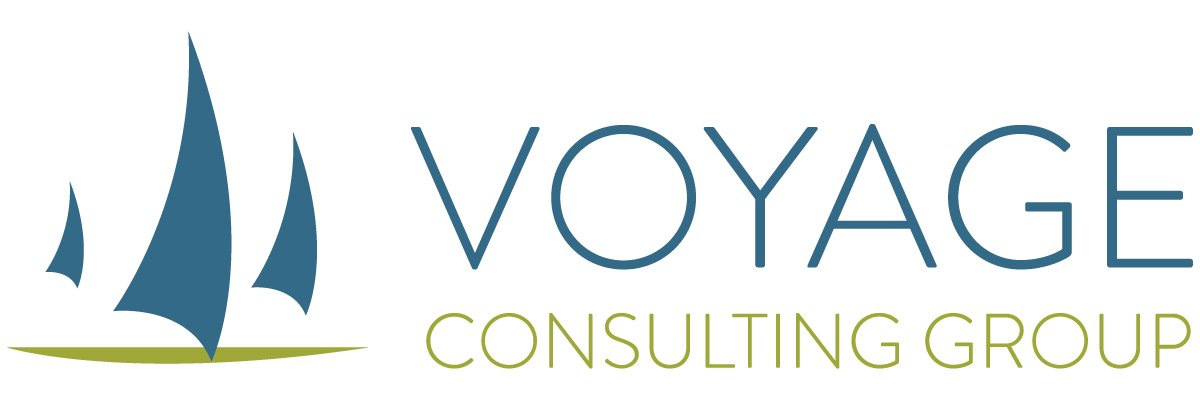
OBSERVATIONS
5 Ways to boost employee confidence (for real!)
The recent data from Glassdoor reveals that employee confidence in company outlook plummeted to a record low of 44.4% in February 2025. This decline underscores the urgent need for organizations to bolster trust and engagement within their teams.
Why Simple Deals Win: A Key Leadership Lesson from Warren Buffett
In the complex world of business acquisitions, simplicity and trust can emerge as the most effective strategies. A compelling example of this is Warren Buffett's acquisition of Forest River, an RV manufacturing company founded by the late Peter Liegl.
Organization Resilience: How to boost company culture after a setback
The ability for a company to thrive after a crisis depends on actions of the leadership. The way we address setbacks can have lasting impact on people and performance and the long-term viability of our companies.
Unlock the power of your company culture
Company culture is not just about perks or the atmosphere at work. When cultivated intentionally, it influences everything from employee engagement, retention, and performance to management capacity to innovation and company performance.
Getting in the Zone: What Business Leaders Can Learn from Patrick Mahomes
Whether he's dodging defenders, making behind-the-back passes, or leading the team down the field, there’s a point where everything just clicks. He signals to the sideline, calling for the next play, ready to keep the momentum going.
As business leaders, founders, and executives, we face our own kind of high-stakes game every day.
The Perils of Picking a CEO
Red flags were all over the field when Starbucks hired Laxman Narasimhan as CEO in 2023, so it was not a big surprise when there were challenges during his tenure, and his time there ended after just sixteen months. The five red flags below could happen to any company, and they are shared to help others avoid the same outcomes Starbucks and its employees and customers experienced.






